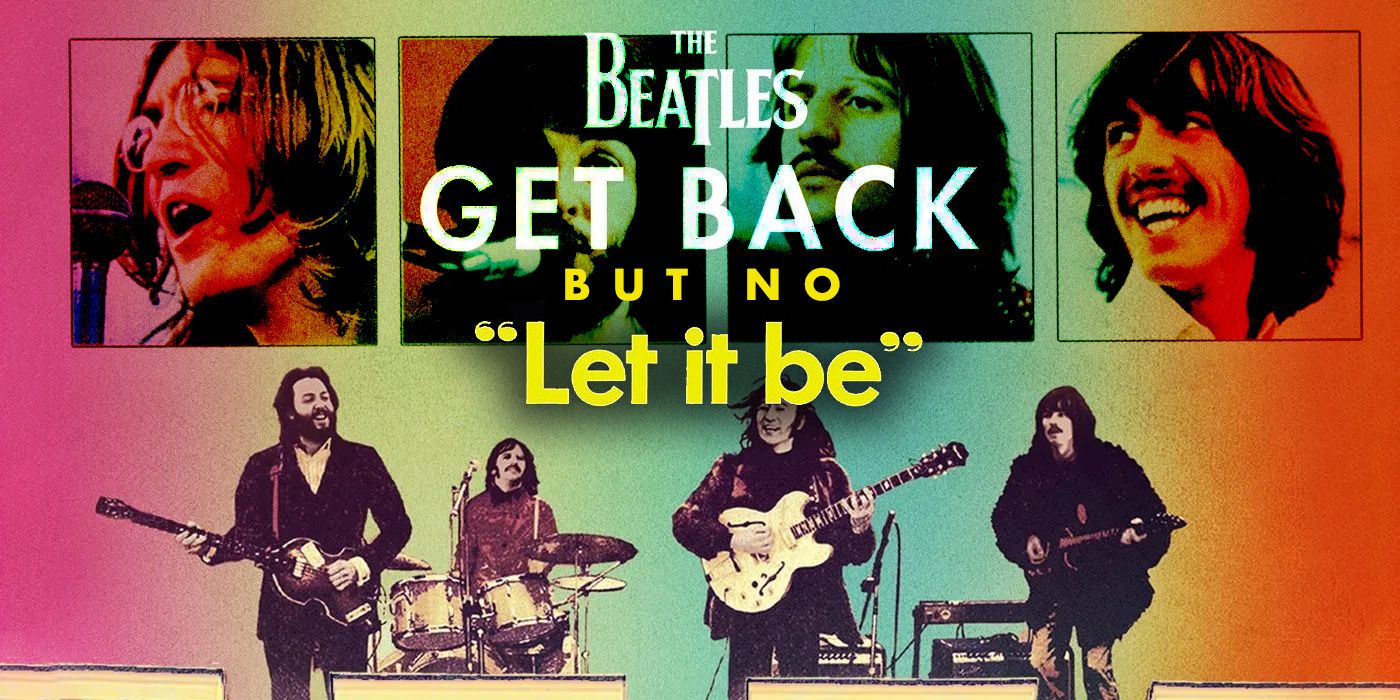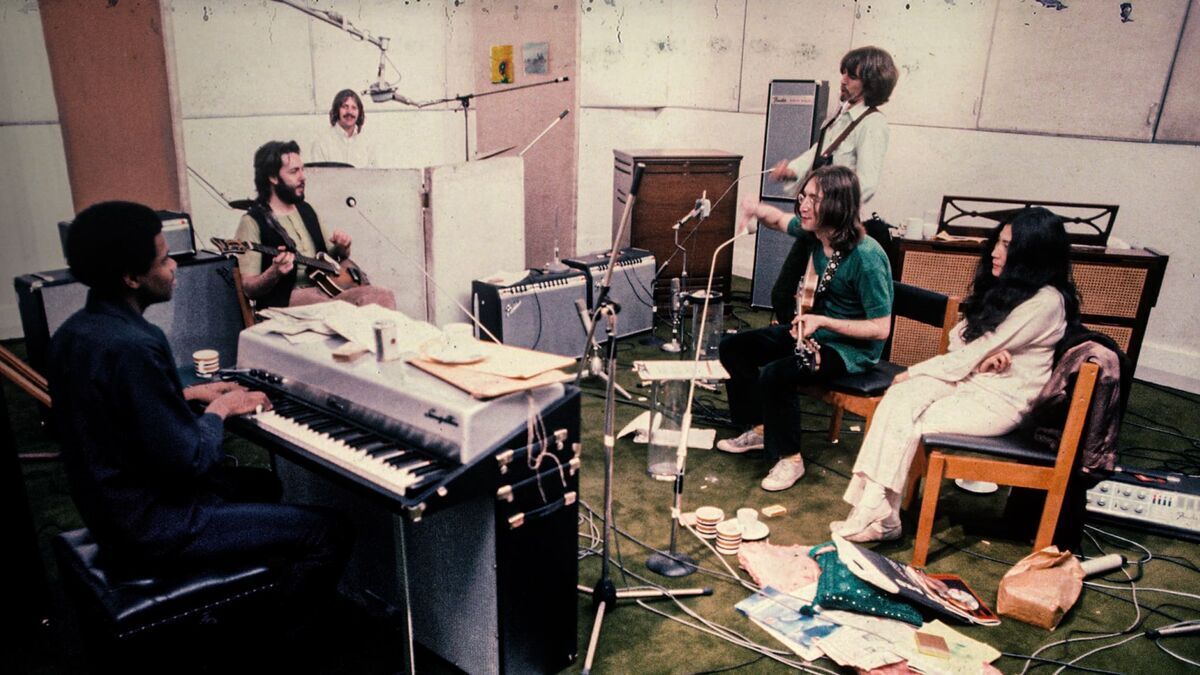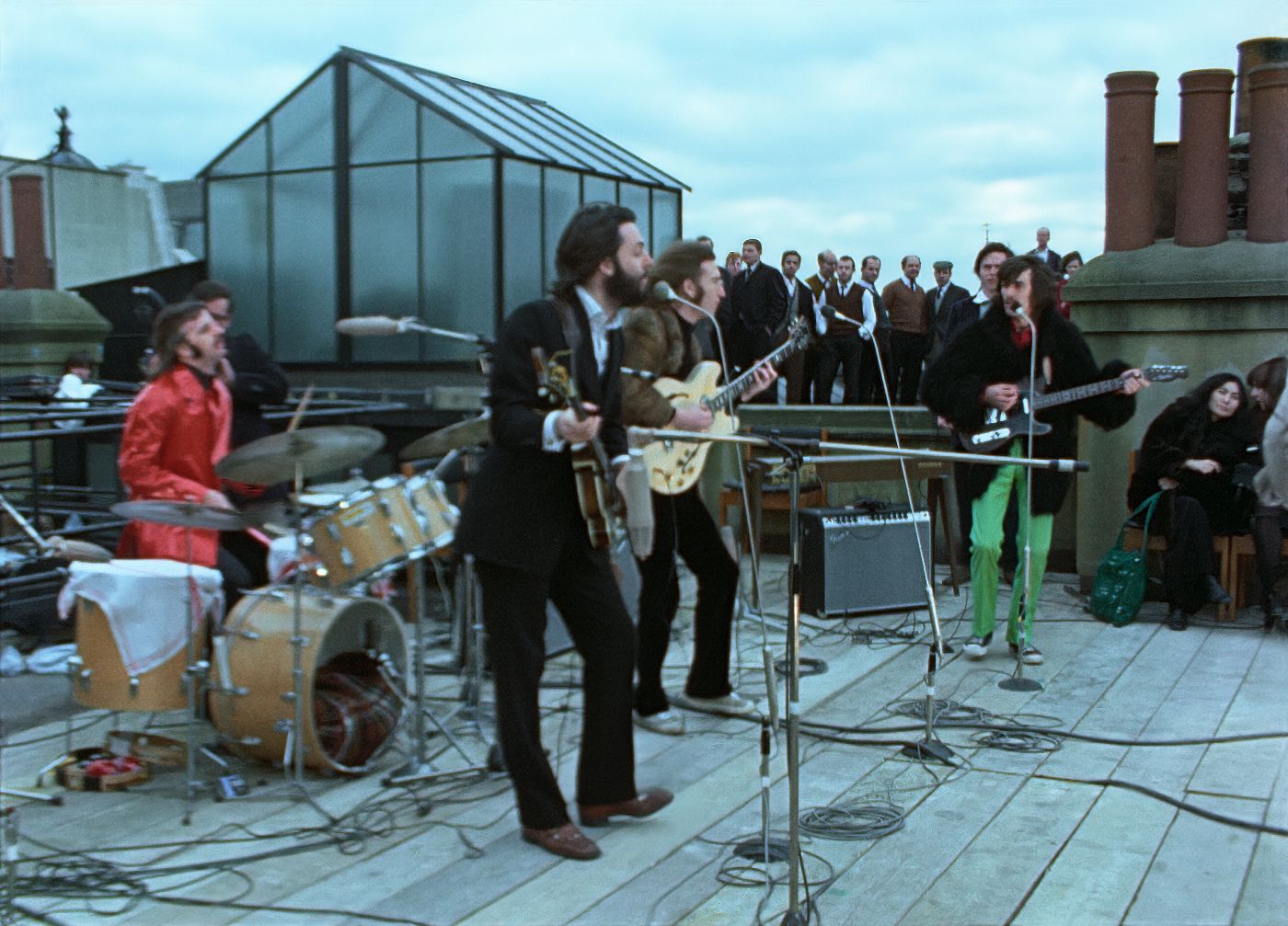One of the most unexpected streaming surprises of 2021 (especially for Beatles fans) has been The Beatles: Get Back, the 8-hour docuseries that chronicles the sometimes fraught, sometimes inspiring making of the Let It Be documentary and album. While it’s completely understandable that more casual fans of The Beatles could find the documentary cumbersome, for more dedicated Beatlemaniacs (like yours truly), it’s a fascinating look into how this most legendary of rock groups operated. One huge reason that Get Back is so illuminating is it doesn’t have any of the constraints which were placed on the original Let It Be film, which was released shortly after The Beatles broke up and had a more compact 80-minute runtime. But despite the availability of the more comprehensive Get Back now, Let It Be still remains an alluring piece of Beatle history. First, because the film has been near impossible to see over the years due to a lack of release on home video or streaming, but also because Peter Jackson has made it clear that he didn’t make Get Back with the intent of erasing Let It Be from existence, and in fact, it may lead to the 1970 doc soon seeing the light of day.
Just like Get Back, Let It Be chronicles The Beatles writing and recording new music over the course of a tight three-week schedule in January 1969 before rehearsing and then performing their new songs for their first live performance in three years. However, as both documentaries show, this plan quickly starts to unravel, as Twickenham Studios, where the band was to write and rehearse these new songs, turned out to not be conducive to The Beatles’ endless creativity. This led to George Harrison quitting the band, though a meeting was held a few days later and the rest of the Beatles were able to convince Harrison to rejoin the group. After this, they reconvened to The Beatles’ Apple Records studios, which made for a better environment musically, especially when keyboardist Billy Preston was brought in to give the band’s sound a new dimension. Since they didn’t have enough time or money to coordinate their plans for a live performance at the Roundhouse in London or a Roman amphitheater in Libya, they came up with the idea of playing on the roof of the Apple building. The Beatles then play triumphantly on the roof while unsuspecting Londoners are shown on the street below confused by what they’re hearing before the cops arrive to shut down the performance.
Both Let It Be and Get Back more or less show this same sequence of events unfolding, though Get Back’s far longer running time allows for a lot more nuance in how this notorious period in The Beatles’ history unfolded. The biggest subtraction from Let It Be is that George Harrison’s departure from the band is not depicted or addressed in the earlier documentary, though it does include a famously exasperated exchange between Harrison and Paul McCartney where the two have a disagreement about how over-controlling McCartney is being. One reason that director Michael Lindsay-Hogg was not able to include more of this saga in the original documentary is because when Let It Be was being assembled, The Beatles were in the midst of actually breaking up a year later, and since they were also the film’s producers, Lindsay-Hogg was under pressure to not show what he referred to as their "dirty laundry" onscreen.
Another reason this saga was removed was logistical, as most of the drama surrounding Harrison’s departure happens off-screen. However, the documentarians were able to capture a meeting between John Lennon and Paul McCartney that happened in Twickenham’s commissary by placing a microphone in a flower pot, unbeknownst to Lennon and McCartney. It's hard to believe The Beatles would have let this recorded conversation make it into Let It Be, but on top of that, Michael Lindsay-Hogg said in a recent interview, "when I played back the audio, all I got was the clatter of cutlery and plates and [inaudible] voices". Due to modern advances in sound-editing technology, Peter Jackson was able to include this conversation in Get Back, which helps paint a much clearer picture of the band’s dynamics during this fraught episode.
Let It Be was also constrained by the amount that Lindsay-Hogg was able to include Yoko Ono in the documentary, since The Beatles management asked him to scale back the footage where she’s shown sitting beside Lennon. Ono has long been unfairly blamed as the reason The Beatles broke up, and this decision to cut her out of the documentary was probably a futile attempt to quash this narrative that was already gaining steam by 1970. Without these constraints, Get Back is able to show that even though Yoko was around for a lot of the Let It Be recording sessions, her presence rarely feels intrusive, as McCartney’s then-girlfriend Linda Eastman is also frequently seen hanging around. Meanwhile, Harrison’s apathy combined with McCartney’s overeagerness to make this project work feels like a far bigger wedge between the band. Though I’m sure plenty of this could have been cleared up in Lindsay-Hogg’s original cut of Let It Be (which he claims was an hour longer), its final 80-minute run time isn't conducive to such clarification and is clearly a sign of The Beatles and their management trying to bury this footage.
Let It Be has basically always had the reputation that it shows The Beatles breaking up, especially since it was released a month after the band officially split. Though considering how little it dives into the tensions between the band, this has been more of an assumption by people who haven’t seen it, since even devoted Beatles fans have had a hard time tracking it down. After its theatrical release in 1970, the only other time the film has ever been released was on Laserdisc and VHS in 1981. The Laserdisc has become one of the rarest and most sought after items for Beatles completists, while VHS copies of Let It Be are a little easier to find, but still go on eBay for hundreds of dollars. There have been various attempts to rerelease Let It Be on both DVD and Blu-ray over the years, especially during the conception of the Let It Be Naked project, a reimagining of the Let It Be album which was similarly tinkered with to The Beatles’ derision. The reasons a DVD release never came to fruition range from George Harrison's estate and Yoko Ono blocking the release to Apple head Neil Aspinall claiming the footage was still "too controversial," to Ringo Starr claiming that Lindsay-Hogg's cut of the film was "joyless".
However, in the 2010s, the bitter feelings within The Beatles’ camp toward Let It Be started to fade a bit. McCartney expressed interest in seeing the film re-released in 2016, saying that if anyone should be wary about people seeing Let It Be, it should be him (referencing the sometimes bossy manner in which McCartney is seen trying to corral the other Beatles). He then became even more receptive about re-releasing the Let It Be footage in some form when Peter Jackson came to McCartney with the idea of reappropriating the material into Get Back, convincing the Beatle that there was actually a lot of joy and camaraderie in the footage, despite the fact that it also shows some of the internal rifts within the band at the time. While Get Back shows a much more comprehensive view of the Let It Be/Get Back project, it was never meant to replace Let It Be as the definitive document of this time period, as Jackson specifically wanted Get Back to be a companion to Let It Be, intentionally only using footage that wasn’t featured in the 1970 documentary unless they were essential shots where no other footage existed.
Additionally, when the release of Get Back was announced, it was also announced that a remastered version of Let It Be would be released for consumption. Any more specific details about when or where this release will be available haven't been elaborated on, though one would assume (and hope) it will be available on Disney Plus in the near future. This, of course, is an easy thing to be cynical about, considering how ridiculously hard The Beatles have made it to see Let It Be over years and how many aborted attempts there have been to make it more widely available. Yet considering the warm reception that Get Back has received (both from fans and from the living Beatles themselves), there’s plenty of reason to be optimistic that Let It Be will easily be available. Either way, Get Back serves as ample compensation for fans that have been waiting to finally see (or revisit) Let It Be for all these years.



